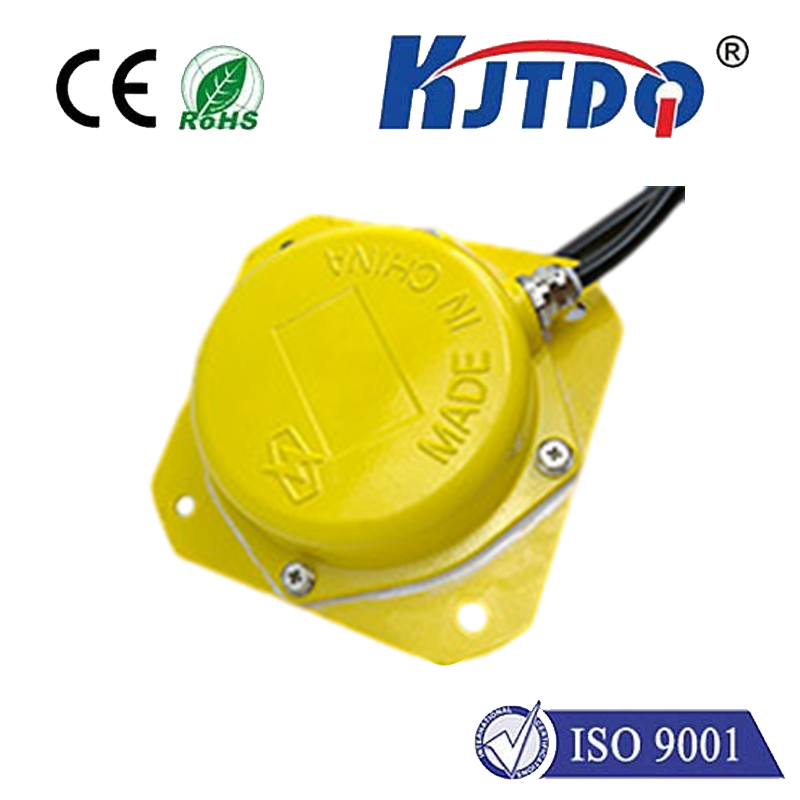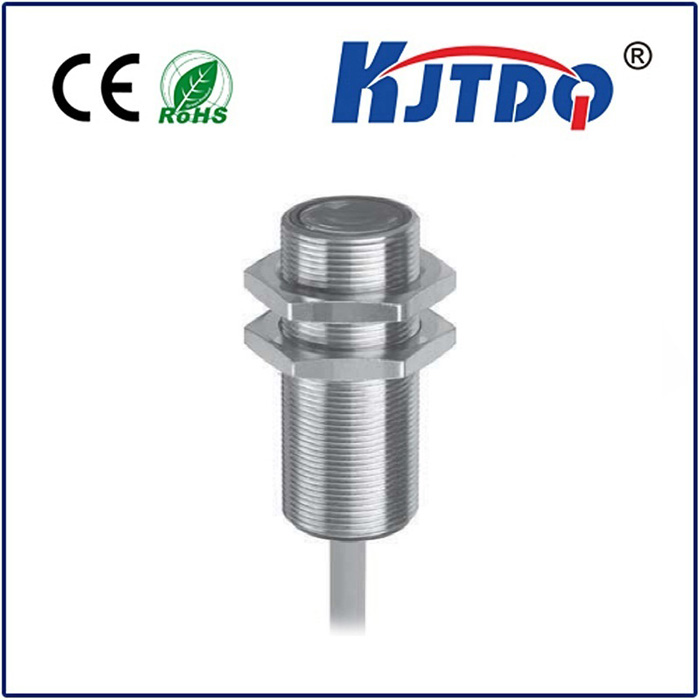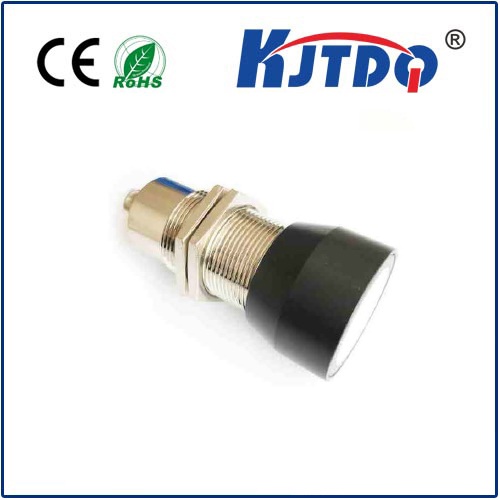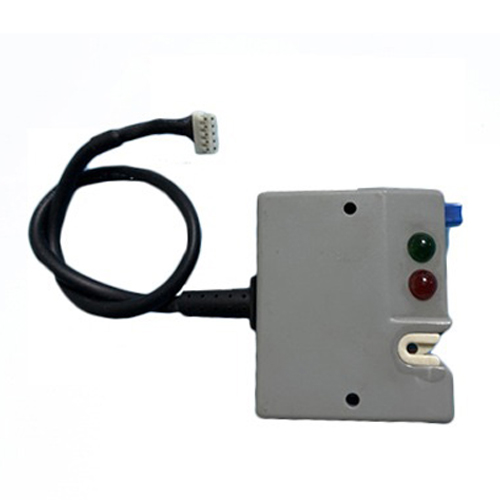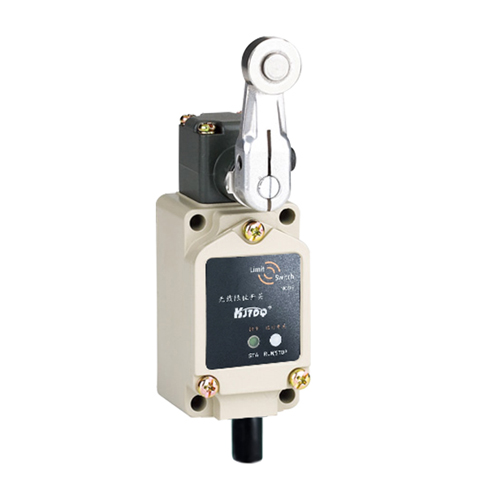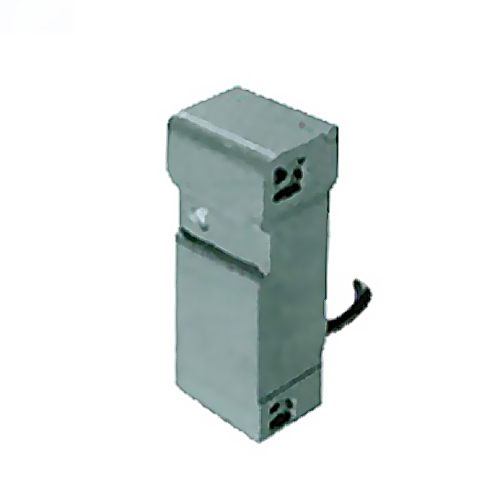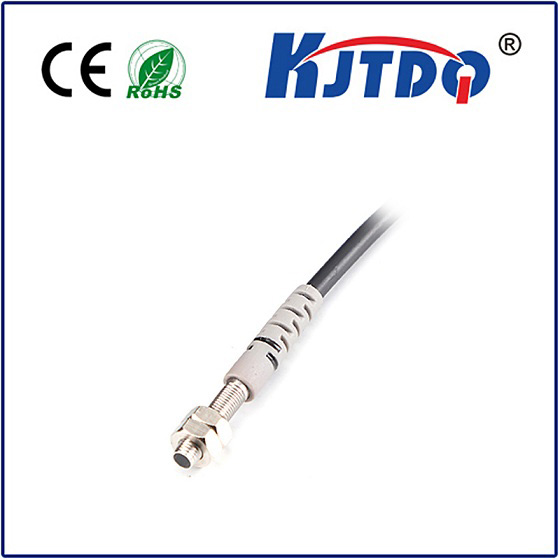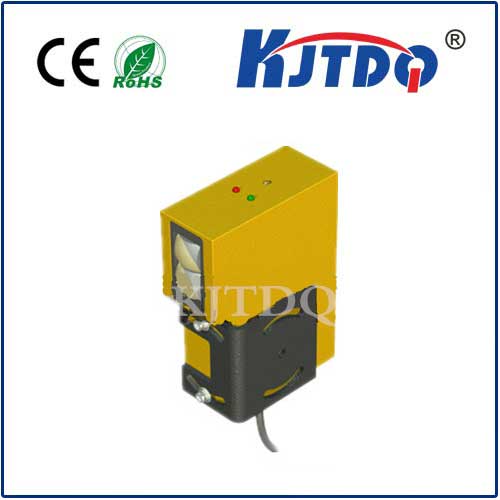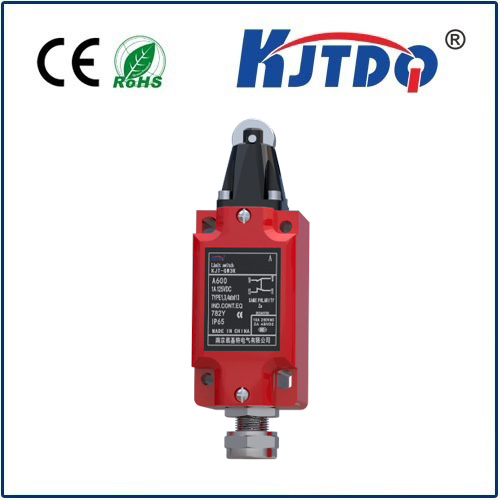safety limit switch
- time:2025-09-13 04:13:53
- Click:0
Safety Limit Switches: The Overlooked Guardians of Industrial Safety
Imagine a robotic arm, powerful and precise, moving along its programmed path. Now, picture a scenario where a sensor fails, a program glitches, or an operator enters a restricted zone unexpectedly. Without a critical safeguard, this powerful machine could continue its motion far beyond its intended limits, colliding with vital equipment, causing catastrophic damage, or worse, injuring personnel. This is the terrifying reality that safety limit switches are meticulously designed to prevent. Far more than simple sensors, these devices are foundational machine safety components, acting as the last line of defense against hazardous movements and uncontrolled operations. They are the unsung heroes ensuring machinery operates within its safe envelope.
What Exactly is a Safety Limit Switch?
At its core, a safety limit switch is a robust, electromechanical device positioned strategically at the physical boundaries of a machine’s moving parts or access points. Its primary function is incredibly straightforward yet profoundly important: to detect when a machine component reaches or exceeds a predetermined safe position and immediately send a signal to halt movement or initiate a safe state. Unlike standard limit switches used for process control, safety-rated limit switches are engineered and certified to much higher standards (like IEC 60947-5-1 for switches or ISO 13849 for the overall safety function). They incorporate features specifically for reliable operation in critical safety applications.
The Crucial Role: How Safety Limit Switches Work
The operation of a safety limit switch hinges on direct physical contact or proximity sensing (in the case of non-contact variants like safety-rated magnetic proximity switches). Here’s the typical sequence:

- Positioning: The switch is mounted at the exact location defining the safe travel limit of a machine axis, door, guard, or hatch.
- Actuation: A moving part of the machine (like a carriage, gate, or robot arm) or a guard/door itself physically contacts the switch’s actuator (lever, roller plunger, whisker) or comes within the detection range of a non-contact sensor.
- Signal Interruption: This contact forces the switch to change state. Crucially, for safety functions, this typically involves opening (or positively-driven opening) a set of contacts wired into the machine’s safety control circuit (like an Emergency Stop circuit or safety relay).
- Safe Shutdown: The opening of these contacts sends an unambiguous signal to the machine’s safety controller or directly cuts power to the drive motors/actuators. This triggers an immediate and controlled stop (category stop) or prevents the machine from starting.
Why They Are Indispensable: Core Safety Functions
Safety limit switches perform several vital protective functions essential for compliance and personnel safety:
- Preventing Overtravel: This is their primary role. Stopping linear or rotary motion before it mechanically crashes into end stops, other machinery, or structural components, preventing expensive damage and potential fragmentation hazards.
- Interlocking Guards: Ensuring that access doors, panels, or perimeter guards are securely closed before hazardous machine functions (like high-speed motion, high voltage, or laser operation) can start. If the guard is opened during operation, the switch activates, stopping the hazard. This physical barrier tied to the safety circuit is fundamental to lockout/tagout effectiveness.
- Preventing Under-Travel: Ensuring components reach a safe “home” position before subsequent operations begin.
- Position Verification: Confirming that a component (like a clamp or lift) is in a safe and correct position prior to initiating potentially hazardous downstream processes.
- Complementing Emergency Stops: Providing localized, position-specific stopping functions alongside broader emergency stop systems.
Critical Design Features for Reliability
Given their life-critical role, safety limit switches are built tough and incorporate redundancy and reliability features exceeding standard switches:
- Positive Opening Operation: The internal contacts are designed to forcefully snap open upon actuator movement, even if the contacts weld (a rare but possible failure). This ensures the safety signal is sent regardless of internal fault.
- High Mechanical Durability: Built to withstand millions of operations, harsh industrial environments (dust, moisture, temperature extremes, vibration, impacts), and frequent physical contact.
- Direct Opening Action: The actuator’s movement directly forces the contacts open without relying on springs that could fail.
- Redundant Contacts: Often include multiple, independently operating contact sets. This allows for connection to redundant channels in a safety controller, enabling fault detection (monitoring for contact welding).
- Rugged Enclosures: Typically rated IP67 or higher for protection against dust and water ingress.
- Clearly Defined Actuation Points: Precise movement required to trigger the switch ensures reliable and consistent operation.
Where Safety Limit Switches Are Paramount
You’ll find these vital components guarding safety across countless industries:
- Industrial Automation & Robotics: Protecting personnel around robotic cells, limiting axis movement on CNC machines, guarding presses, interlocking automation cells.
- Material Handling: Limiting travel on cranes, hoists, conveyors, and automated guided vehicles (AGVs), ensuring dock leveler positions are safe.
- Packaging Machinery: Securing access to cutting blades, sealing jaws, and moving belts.
- Automotive Manufacturing: Safeguarding presses, weld cells, paint booths, and assembly line robots.
- Heavy Machinery (Construction, Agriculture): Preventing boom over-extension, limiting swing radius, ensuring cab doors are secure.
- Process Industries: Verifying valve positions, interlocking access to hazardous chemical areas or high-pressure systems.
Selecting the Right Safety Limit Switch: Key Considerations
Choosing the appropriate switch isn’t arbitrary; it demands careful analysis:
- Safety Function & Performance Level (PLr) / Safety Integrity Level (SIL): The specific hazard being guarded against dictates the required reliability level of the entire safety function, including the switch. Select a switch certified for the required PLr (ISO 13849) or SIL (IEC 61508⁄62061). Never compromise on the required safety rating.
- Type of Actuation: Consider the movement being monitored (linear, rotary, door swing) and choose an actuator type (roller lever, plunger, whisker, cam-operated) suited to the force, direction, and speed of contact. Non-contact magnetic safety switches are ideal for applications requiring high durability or where physical contact is undesirable.
- Environmental Conditions: Temperature range, presence of dust, moisture, oils, chemicals, or significant vibration will determine the necessary enclosure rating (IP, NEMA) and material construction (stainless steel vs. plastic).
- Electrical Ratings: Ensure voltage and current ratings match the control circuit requirements. Consider contact configuration (normally open/closed for safety functions).
- Mounting & Adjustment: Ensure the switch can be securely mounted and easily adjusted to achieve precise actuation positioning.
Maintenance: Ensuring Continued Protection
Like any critical safety component, regular inspection and maintenance are non-negotiable:
- Visual Checks: Look for physical damage, corrosion, loose mounting hardware, or signs of impact on the actuator.
- Functional Testing: Periodically test the switch operation as part of the machine’s overall safety system validation procedure. This involves deliberately triggering the switch and verifying the correct safety response (machine stops, cannot restart).
- Cleanliness: Keep actuators and moving parts free from excessive buildup of dirt, grime, or debris that could impede movement.
- Replacement: Replace switches that show signs of wear, damage, or inconsistent operation immediately. *Never bypass a safety






